Sharing: Technological Solutions for Preventing Aquatic Animal Diseases
Extreme weather with prolonged heat waves alternating with heavy rains has severely affected aquaculture environments. According to Mr. Bùi Thế Vương, Manager of Chợ Bến Cooperative (Long Điền Commune), shrimp are highly sensitive to temperature changes. When heat is followed by rain, shrimp are prone to diseases such as enteritis, acute hepatopancreatic necrosis disease (AHPND), white spot syndrome, and microsporidian (EHP) infection, leading to slow growth and high mortality rates.
“Rainwater contains acids that increase pond pH, which is harmful to shrimp health. Moreover, prolonged rain reduces beneficial algae such as diatoms and green algae, while harmful blue-green algae proliferate, creating favorable conditions for disease outbreaks,” Mr. Vương explained.
In response, Chợ Bến Cooperative boldly shifted to super-intensive shrimp farming under greenhouse systems with closed-loop recirculating water filtration. The application of high technology reduces farmers’ worries about weather while ensuring stricter farming management.
“In high-tech ponds, the water is as clean as a glass of drinking water because it is renewed daily, ensuring safety and sustainability,” Mr. Vương shared.

Meanwhile, at Quyết Thắng Agricultural Cooperative (Long Hương Ward, Ho Chi Minh City), shrimp are farmed under a super-intensive recirculating aquaculture system (RAS) in greenhouses, which provides strong resilience against extreme weather and disease. According to Mr. Nguyễn Kim Chuyên, Director of the Cooperative, the RAS ensures clean, safe water for shrimp growth.
“Wastewater from ponds is routed through settling ponds and filtration tanks to remove suspended organic matter and heavy metals, then thoroughly disinfected before reuse. This process tightly controls environmental parameters such as pH, salinity, and dissolved oxygen, minimizing disease risks without using antibiotics,” Mr. Chuyên noted.
The greenhouse model also protects against weather impacts. Rainwater cannot enter ponds, while pond temperature and salinity are kept stable at the optimal 20–30 ppt range for shrimp growth. Notably, while the rainy season is typically unfavorable for traditional systems, Quyết Thắng considers it the main production season, since conditions are better controlled compared to the dry season, when salinity can reach 40 ppt and stress shrimp.

The RAS also improves waste management by separating shrimp feces and sediment at the pond bottom. Surface water is drawn out and filtered through bags, reducing waste by 50% before recirculation. This not only improves water quality but also optimizes feed management, avoiding waste and leftover feed—major causes of pond pollution. As a result, shrimp are healthier, less disease-prone, and of higher quality, allowing the Cooperative to sell live shrimp at prices VND 10,000–20,000/kg higher than conventional shrimp.
Economically, RAS offers significant savings. Water use is reduced from 4–6 m³/kg shrimp in traditional systems to only 1.5–1.8 m³/kg. Yields have also risen, from 1 crop/year in earthen ponds to 3 crops/year, reaching 100 tons/ha annually.
Environmentally, the closed-loop RAS completely isolates pond water from outside environments, preventing pathogens from neighboring farms. In five years of application, Quyết Thắng Cooperative has not reported any disease outbreaks.
According to Mr. Đoàn Văn Nam, Sub-Department of Fisheries and Fisheries Surveillance, Region 3, high-tech models like RAS are an inevitable trend that enhance the competitiveness of Vietnam’s agriculture in global integration.
“This model not only reduces costs and conserves resources but also enables strict environmental management. Shrimp suffer fewer diseases, production and product value per unit area increase, and stable outputs meet both domestic and export market demand,” Mr. Nam assessed.
Currently, Bà Rịa – Vũng Tàu (part of Ho Chi Minh City) has 23 organizations and individuals engaged in high-tech aquaculture and seed production, with a total area of over 429 hectares. Among them, 21 facilities focus on high-tech whiteleg shrimp farming, covering around 417.31 hectares.
Production models mainly use lined round tanks or elevated ponds with roofing or greenhouse structures, at stocking densities of 250–500 shrimp/m², achieving average yields of 30–50 tons/ha per crop. The closed-loop recirculating water system ensures strict control over pond environment quality, minimizes weather impacts, limits disease outbreaks, and allows 3–4 production cycles per year.
Source: nguoinuoitom
Aqua Mina's distributor in Japan: REX INDUSTRIES CO., LTD
- Address: 1-9-3 Hishiya-Higashi, Higashi-Osaka 578-0948 JAPAN
- Email: kimakubo@rexind.co.jp
- Phone: +81-(0)72-961-9893
- Website: http://www.rexind.co.jp/e/

WE WORK FOR YOUR SUCCESS!
Ngày đăng : 29/08/2025
1937 View
Other Articles
Vietnamese shrimp and catfish choose a sustainable path in global competition
End-of-Season Shrimp Prices Reach Record Highs
Norway – Russia Reach Barents Sea Fisheries Agreement for 2026
Cà Mau strengthens traceability to enhance the competitiveness of the shrimp industry.
Cold stress: Effects on the plasma characteristics of whiteleg shrimp.
A new breakthrough in the prevention of diseases caused by the microsporidian parasite EHP in shrimp farming
Vietnam’s shrimp export outlook in the first quarter of 2026 continues to face heavy pressure from tariffs.
New England’s shrimp fishery to shut down for the long haul after years of decline
Crab exports to the United States account for more than 80%.
Thailand sets a target to increase shrimp production to 400,000 tons by 2026.
CTU-RAS: Recirculating Shrimp Farming for Sustainable Development
Vietnamese aquatic products reach new markets








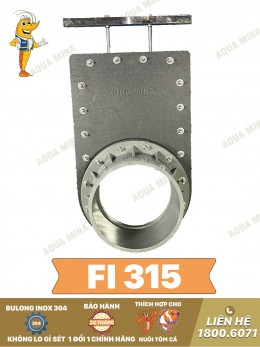
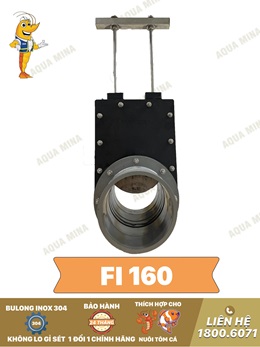
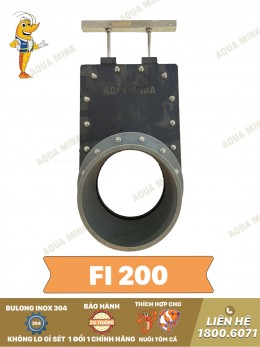
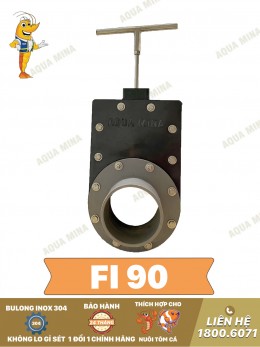
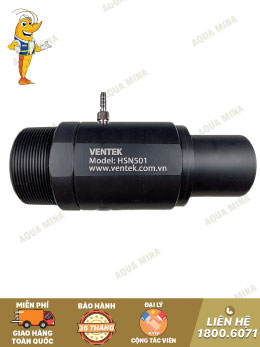
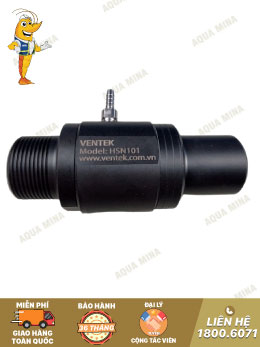
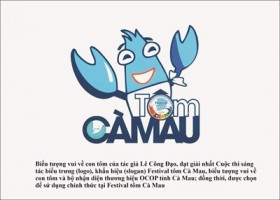
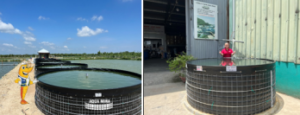
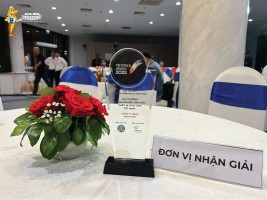
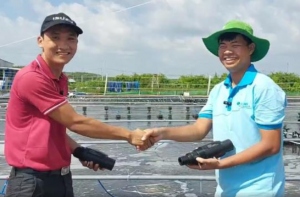
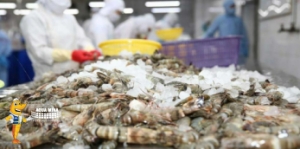
.jpg)